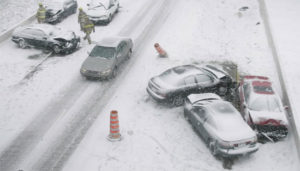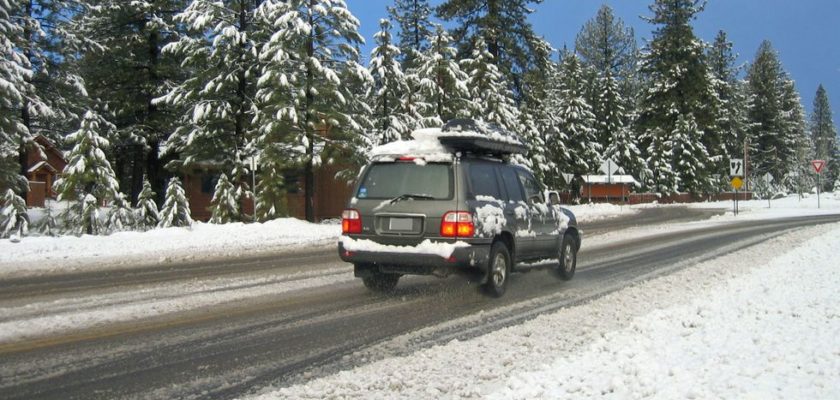AS FALL BEGINS TO WIND down, many areas of the Northern Hemisphere are starting to transition into winter — as well as the weather. Snow and sleet and freezing rain pose numerous challenges to everyday life, not the least of which is simply maintaining your automobile operating safely.
There are numerous things you can do immediately to make sure your automobile operates successfully during the winter months as well as optimize your car’s capacity to maintain you and your loved ones safe if a winter problem happens. Listed below are five important strategies to follow.
How to Maintain your car in Winter Season?
Contents
Put a”winter supply” box in your car. This is the single most important thing that you can do for your vehicle and for your own personal security. Possessing a box filled with winter supplies in your trunk can make all the difference when something goes wrong when vacationing on a cold winter day.

Winter Car Safety Tips
Following is a quick list of items that you must include in that box: a flashlight, road flares, a first-aid kit, a few blankets, and a change of warm clothes for the motorist, a couple of added pairs of gloves, and a radio, a charged phone for 911 calls, a bag of sand (for traction), an extra ice scraper and some high time snacks (like nuts or jerky).
My family maintains a set of big Rubbermaid containers in the garage through the spring, summer and fall. The containers constantly carry these items, and we put those containers at our cars during the wintertime after assessing them over at the start of the season.
Check your Car Engine Oil
Antifreeze is your magic substance that keeps your engine from freezing through these times of the year when you feel like you’re freezing. Without it, your engine can freeze, leaving you in a real pickle in a time when it is harmful to become stranded.
A kit for checking your engine coolant amounts is available at almost every auto supply shop. Using this kit can allow you to understand quickly if you’ve got an appropriate coolant mix. Adding more antifreeze is quite straightforward, too, should you need to do it.
Check Your Car Tire Pressure
Check your tire pressure and tread depth. Good tires are the key to staying on the street and keeping safe once the weather is suspicious and snow and ice are falling out of the skies. You can do what you can to ensure your tires are in good shape with only a couple of simple steps.
Follow your guide’s recommendations for stress amount, and if your tires need air, fill them up in the gas station. Most gas stations offer free tire air fill-ups.
You should also ensure that your tires have appropriate amounts of the tread. The simple test is the”Lincoln test” — only insert a penny in your tire’s tread together with the top of Lincoln’s head pointing toward the tire. If you can see all of Lincoln’s head, you have to replace the tire before winter weather begins.
If you live in a particularly wintry climate, you might wish to think about installing winter tires before the season begins, as they will make all the difference when it comes to getting around.
Use winter windshield wiper fluid
Utilize winter windshield wiper fluid. Not all of windshield Wiper fluid is the same.
When winter comes, switch out your fluid for”chilly” fluid. Winter fluid is designed for the rigors of winter weather and will not freeze on your windshield. In fact, it actually can help loosen snow and ice from the windshield, which makes it significantly easier to keep things clear.
Use Winter Grade Oil Change
Switch into a winter-grade oil in your next oil change. The viscosity of the oil in colder weather is signaled by the first number in the oil specification, using a lesser number indicating better viscosity in chilly weather. For example, a 5W-30 oil is better in the winter compared to a 10W-30 oil.
When cold weather starts to set in, you should think about switching to an oil with a lower cold weather viscosity grade. If you normally use a 10W-30 oil, then switching to 5W-30 in your next oil change for your winter is a great move.
These changes are useful for operating an automobile in the winter months, but if you do nothing else, then include a crisis box in your car. That goes beyond maintaining your car running well and actually keeps you and your family safe in the case of a winter car crisis.
